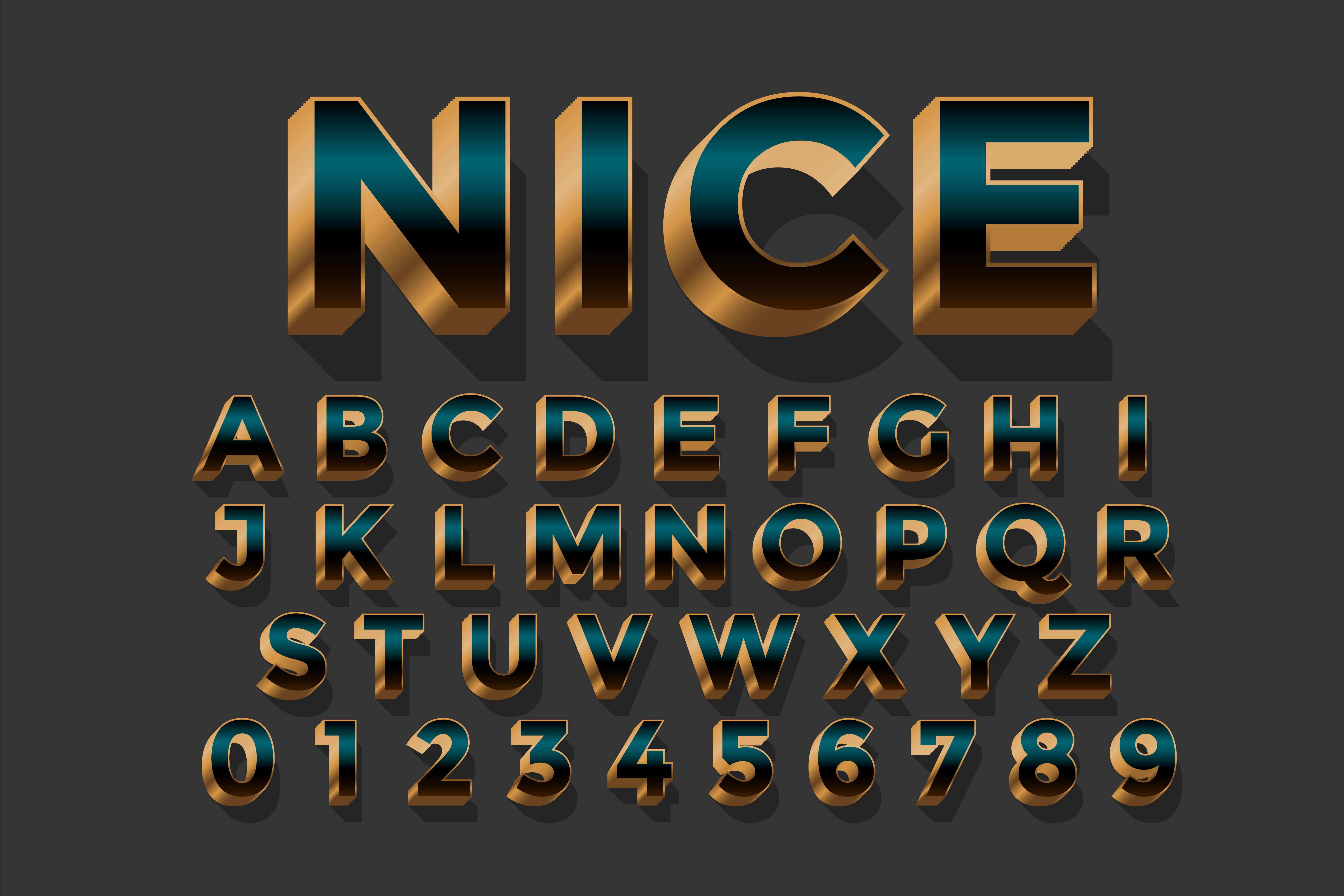By: Gabrielle Guzinski
In a world where text is an integral part of daily life, reading can be a challenging endeavor for individuals with dyslexia. Dyslexia, a neurological condition that affects reading and language processing, can lead to difficulties in recognizing and comprehending text. Recognizing this challenge, Christian Boer, a Dutch graphic designer, embarked on a mission to create a typeface that would alleviate some of the reading difficulties experienced by individuals with dyslexia. The result of his innovative work is DyslexieFont.com, a groundbreaking typeface meticulously designed to enhance readability and accessibility for dyslexic readers.
The Dyslexie Font is a pioneering typeface specifically tailored to cater to the unique needs of individuals with dyslexia. The font’s development was born out of Christian Boer’s personal experiences. As someone with dyslexia himself, Boer understood the frustrations that come with trying to read conventional fonts. This firsthand knowledge drove him to explore ways in which typography could be optimized to improve reading experiences for people with dyslexia.
The hallmark feature of the Dyslexie Font is its innovative design, which places a strong emphasis on letter differentiation. One of the primary challenges faced by individuals with dyslexia is the tendency for letters to be visually confusing, causing them to be easily swapped or rotated in their minds. Dyslexic readers may struggle to distinguish between similar-looking letters like ‘b’ and ‘d’ or ‘p’ and ‘q.’ The Dyslexie Font tackles this problem head-on by incorporating unique characteristics into each letter, such as varying letter thickness and distinct openings and closings. These features make it significantly easier for dyslexic readers to identify and differentiate between letters.
Furthermore, the Dyslexie Font employs increased letter spacing and enlarged openings, reducing the likelihood of letters and words blending together. The font’s clear and uncluttered appearance enhances reading fluency by providing dyslexic readers with more comprehensible text.
Beyond letter differentiation, the Dyslexie Font also addresses other common challenges faced by individuals with dyslexia. For instance, some people with dyslexia may experience issues related to line tracking, where they inadvertently skip lines or re-read text. To combat this, the Dyslexie Font includes subtle line thickness variations that guide readers’ eyes smoothly from one line to the next, minimizing the risk of losing their place.
Another noteworthy aspect of the Dyslexie Font is its deliberate emphasis on creating a visually balanced text. This design choice ensures that letters and words do not appear to be crowded or jumbled together, reducing visual stress for dyslexic readers. By enhancing readability and reducing visual distractions, the Dyslexie Font can alleviate some of the frustration and fatigue often associated with reading difficulties.
Importantly, the Dyslexie Font is not limited to printed materials alone. It has been adapted for digital use, making it accessible across various platforms, including websites, e-books, and electronic devices. This adaptability is crucial in today’s digital age, where access to information is primarily through screens.
The impact of the Dyslexie Font extends beyond individuals with dyslexia. Educational institutions, publishing houses, and businesses have recognized its potential to benefit a broader audience. In educational settings, the font has been integrated into learning materials to assist students with dyslexia. It has also proven valuable in creating inclusive educational environments that cater to diverse learning needs.
Publishers and businesses have adopted the Dyslexie Font as part of their commitment to accessibility and inclusion. By incorporating this font into their materials, they demonstrate a dedication to ensuring that their content can be understood and enjoyed by a wider audience.
The Dyslexie Font represents a pioneering effort to bridge the accessibility gap that individuals with dyslexia face. Its impact has been felt not only in the lives of those with dyslexia but also in education, publishing, and business sectors where inclusivity and accessibility are paramount.
In conclusion, the Dyslexie Font stands as a testament to the power of design and innovation in enhancing accessibility and inclusivity. By addressing the needs of individuals with dyslexia, Christian Boer’s creation has not only made reading easier but has also ignited a broader conversation about the importance of creating a more inclusive world for everyone, regardless of their cognitive differences.

